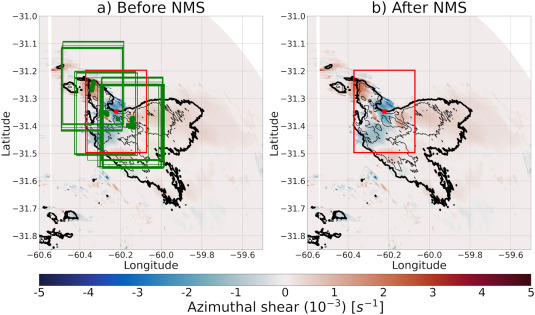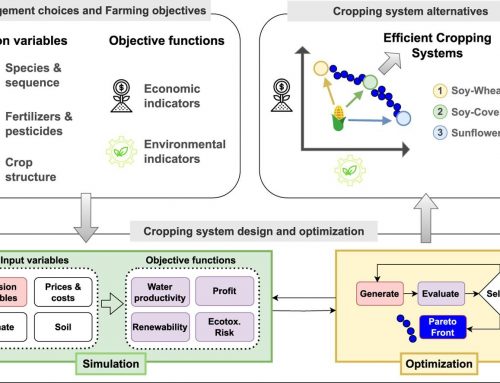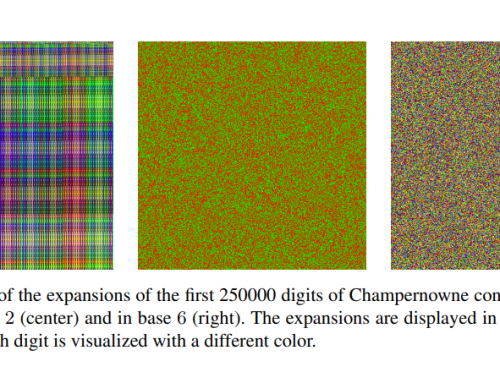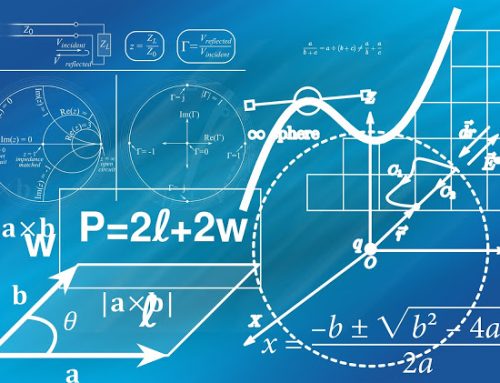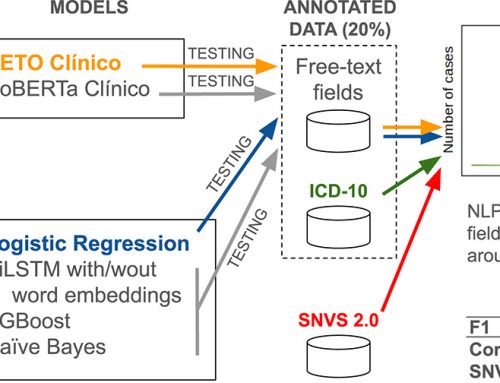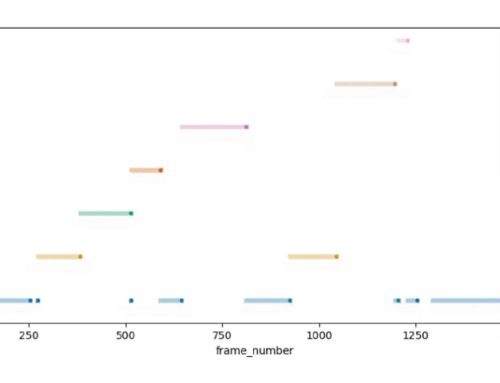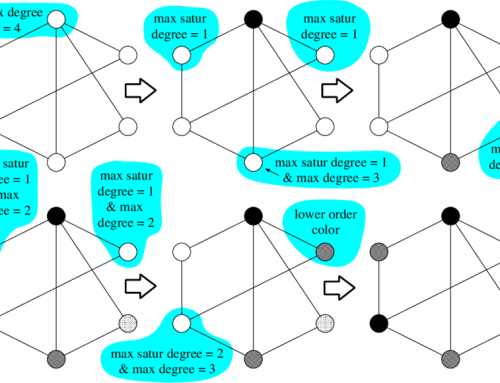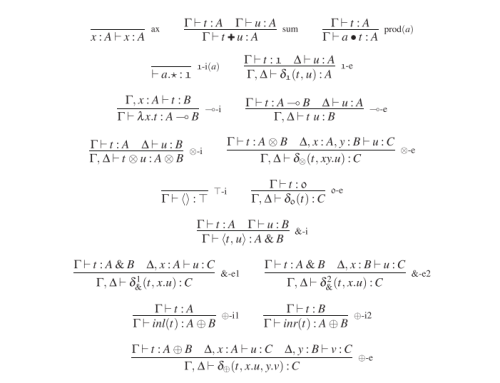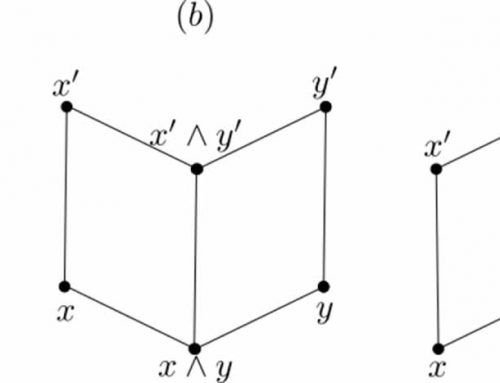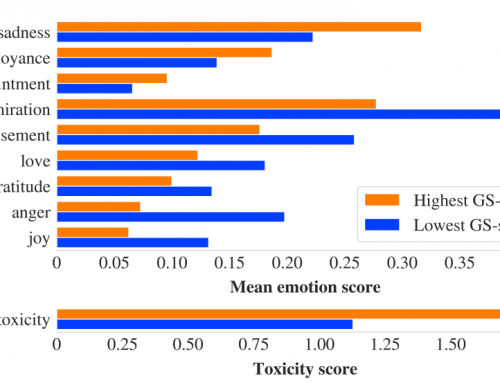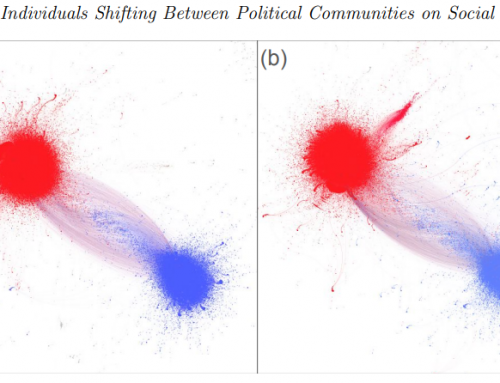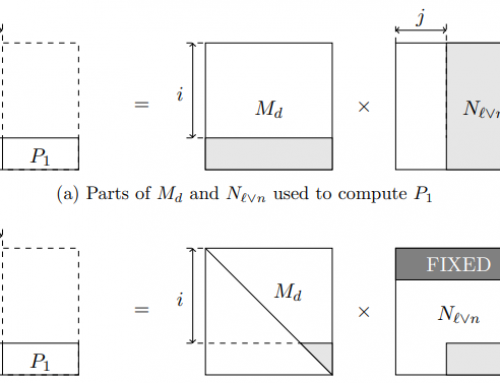Authors: F. Piscitelli, J. Ruiz, P. Negri and P. Salio.
Abstract:
Some of the strongest storms on Earth occur over central-eastern Argentina. These storms are associated with severe weather phenomena such as big hail, heavy rain, intense wind gusts, and, occasionally, tornadoes. The relatively recent expansion of the radar network in this area brings the chance to better characterize severe weather storms.
This study presents a nine-year climatology of supercells (SCs) and their associated mesocyclones (MCs) based on radar data over central Argentina, together with a preliminary analysis of the thermodynamic environment in which they develop. We propose an MC detection algorithm based on the Non-Maximum Suppression (NMS) technique and a subjective classification.
The MCs have shown a mean lifetime of 73 min, with their maximum intensity located at 4.7 km above ground level (AGL) on average. The monthly frequency of SCs in central-eastern Argentina is similar to that reported in previous studies near the Sierras de Córdoba, with two relative maxima, one in November and the other one in February, and with an absolute minimum in June. The diurnal cycle shows an absolute maximum at around 0100 UTC (2200 local time) and a minimum between 0900 and 1500 UTC (0600 and 1200 local time).
Based on the results obtained here, the pre-convective environments associated with SCs in the Paraná region are very similar to its analogs in the Sierras de Córdoba. They are characterized by high values of convective instability and vertical wind shear. Storm relative helicity (in the low and middle layers) and wind shear in the first kilometer above the surface are lower than those found in the U.S. Great Plains. Although the analysis shows that there are environmental parameters that can discriminate well between SC and non-SC events, their values are shown to be far from the thresholds considered in the U.S. Results hence suggest the need to adapt the thresholds of some of the parameters studied here, particularly those based on storm-relative helicity, to central-eastern Argentina.
More information:
https://www.sciencedirect.com/science/article/pii/S0169809522002691
